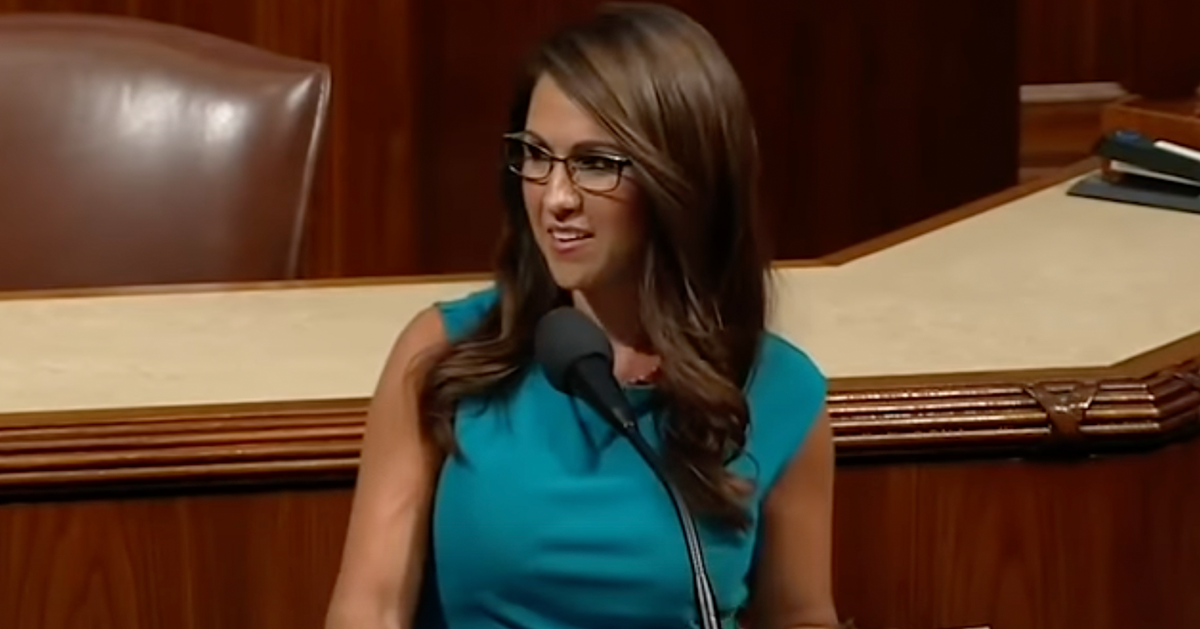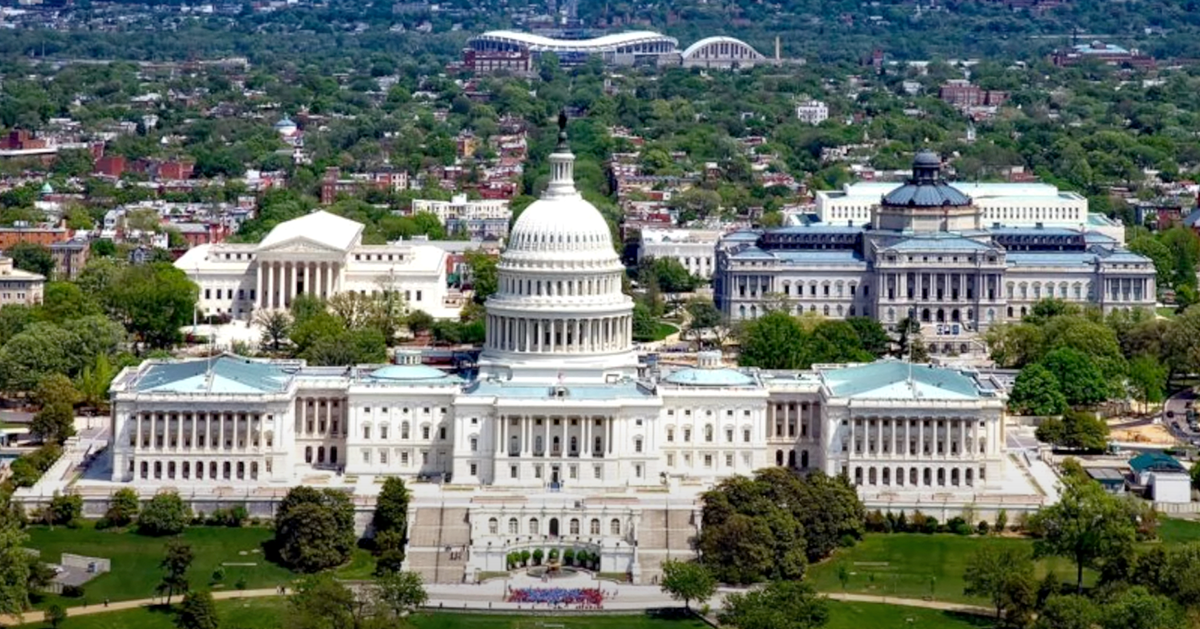California Wildfire Insurance Dispute Sparks Heated Debate, Criticism of Harris
A new controversy has emerged with Vice President Kamala Harris's recent comments concerning the insurance industry's handling of policies for wildfire victims in California.
Harris's assertion that insurance companies canceled policies for wildfire victims in California has caused an uproar within the insurance sector, which claims her statements are unfair and unfounded, as Fox Business reports.
The VP's claims suggest that insurance cancellations are hindering recovery efforts for families devastated by the fires. During a public address, she expressed concern about the potential delay in families' ability to recover following such drastic policy cancellations.
Insurance Industry's Response
In stark contrast, David Sampson, president and CEO of the American Property Casualty Insurance Association (APCIA), challenged Harris's declarations, labeling them as misleading.
According to Sampson, California legislation bars insurers from terminating policies mid-term, except under specially defined circumstances.
He emphasized that stating or implying that insurers are abandoning clients is not only erroneous but dangerous. "It's especially concerning," he noted, citing Harris's background as a former statewide elected official in California.
Sampson further disputed Harris's narrative by elaborating on the industry's commitment to cater to policyholders impacted by the fires, ensuring expedited relief.
He criticized any insinuation that customers who had active insurance coverage as of early January were having their policies nullified, describing it as "irresponsible."
Market Challenges and Policy Adjustments
The California insurance market is grappling with significant hurdles. Companies face restrictions in adjusting premiums to reflect risk accurately, further aggravated by the rising trend of natural catastrophes.
Highlighting the challenges, State Farm's previous decision to not renew approximately 72,000 policies highlights insurers' struggles with rising costs and escalated catastrophe risks in California.
The decision aligns with actions taken by other insurance giants such as All State, Farmers, and USAA, who have also been revising new policy offerings to limit risk exposure.
An alarming number of homes affected by the ongoing wildfires remain uninsured, driven by these evolving industry complexities. This poses a significant challenge to homeowners seeking financial support for rebuilding.
Homes Left Uninsured Amid Soaring Risks
David Sampson's critique of the current market described an unsustainable model where insurers disburse more in claims than they accumulate in premiums. The trend, as he pointed out, has been persistent, with payouts surpassing collections for nearly a decade.
Harris's concern for families potentially facing recovery setbacks without necessary insurance support resonates in the broader context of the debate. She expressed a hope for addressing this critical issue, highlighting the resources needed for recovery.
The insurance industry, on the other hand, remains committed to delivering for those it covers, striving towards safeguarding affected households. Sampson reiterated this commitment, pointing toward the industry's active role in dispensing cover for eligible losses.
Finding Solutions for Future Stability
Navigating a pathway to long-term stability in the insurance market is complex, yet vital. The current controversy prompts a broader reflection on the evolving dynamics between regulatory frameworks, risk management, and consumer protection.
Ultimately, though differing perspectives persist, the dialogue initiated by this controversy hints at an urgent need for cooperative solutions. Addressing both immediate and future challenges will be imperative for stakeholders involved, including policymakers, industry leaders, and affected communities.
The unfolding situation in California's insurance sector underscores the critical balance needed between protecting consumer interests and ensuring operational viability for insurers. Balancing these priorities could offer a blueprint for resilience amidst evolving climatic risks and regulatory landscapes.






